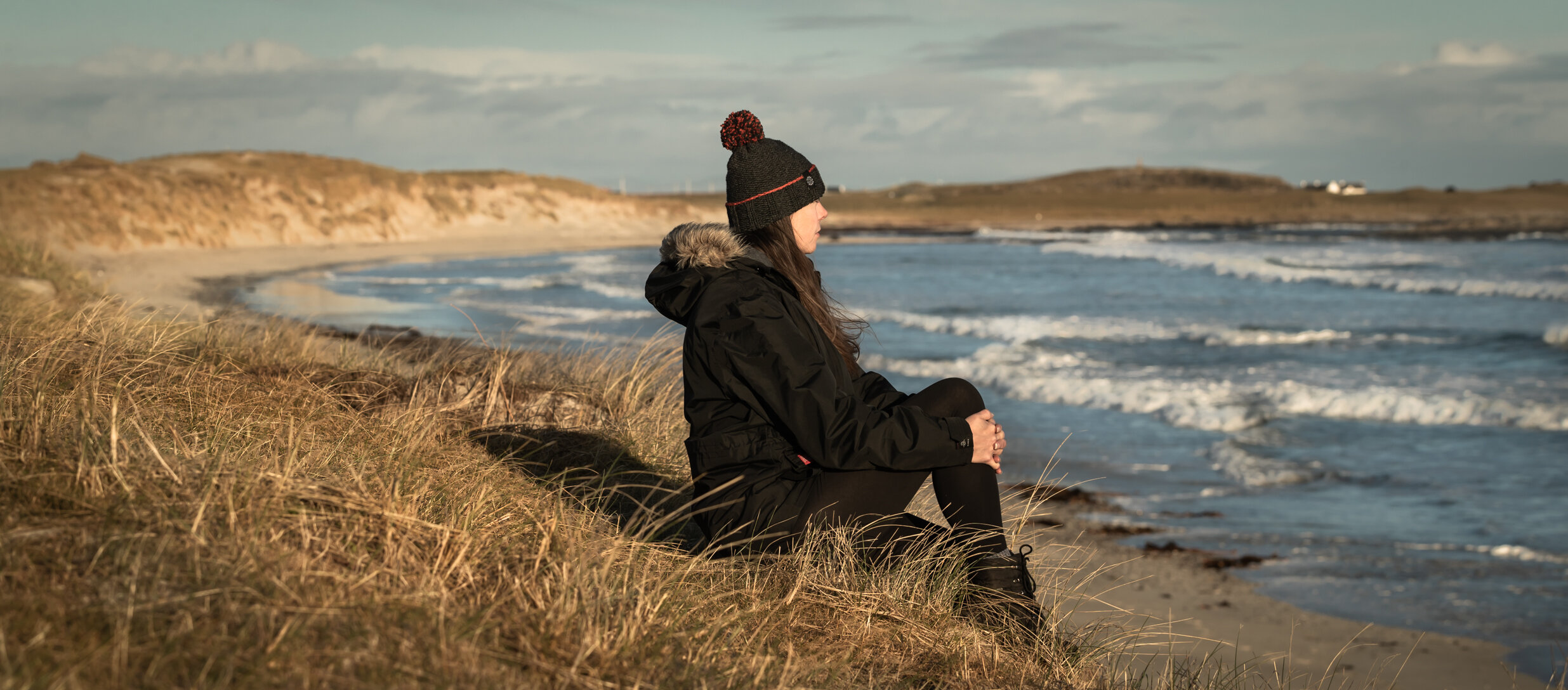Best Hiking Hats for Winter
If you're anything like me, you'll find nothing more exhilarating than a bracing winter's hike. Whether we're in the foothills for Christmas or enjoying a New Year's stroll, getting out into the crisp winter air is simply sublime. There's just one little aspect I've never quite enjoyed – my head getting cold! After more than a few hours of the wind pummelling your head, the whole day starts to get a lot less fun. Your jaw throbs, your ears ache, and your head feels like an ice block.
I decided I needed a good, solid hat. Something cosy and warm and still a little stylish. After all, I'm sure I could wrap my head in Styrofoam, but even the sheep might take a second glance. The only problem is there are literally thousands of different hats on the market and dozens of different materials. I needed to find one that worked for me.
I knew I'd be overwhelmed by the sheer variety; I didn't quite expect how many choices there would be. There are woolly hats, fluffy hats, nylon hats and puffy hats; fisherman's hats and hunter's hats, beanies and caps. There are a lot of hats! But what is the best hiking hat for winter?
After trying a few over the years and doing more than my fair share of research, I finally settled on a definitive list. These are the hiking hats that tower above the rest. This is my definitive guide to the best hiking hats for winter.
What was I looking for?
If I was going to be fair, I needed to know what I was looking for. What makes an excellent hiking hat? Well, I decided on a few non-negotiable criteria, upon which, I think, we can all agree.
Hiking hats must be warm. That's a must! There's no point putting on your hat and heading out if your head gets cold in a matter of minutes. That's the entire point! But it must also keep my head warm, whether I'm down in the gentle valleys or on the top of a ridge.
It must be waterproof. Again, as any hiker knows, getting wet is just part of the experience. But no one wants to wear a soggy hat on their head for mile after mile. Nor do we want the wind to constantly bash our ears – meaning it must also be windproof (within reason).
Hiking is an arduous activity. And sometimes you rest, take your hat off, put it down, pick it up, and then take it off again. Your hat gets a lot of wear. So, it must be durable – built to last. And following on from that, it's got to stay on my head. I've chased hats down hillsides; I'm not doing it again.
Finally – and this is a bonus point – it should be stylish. Sure, this is a matter of taste. But if my head looks like a boiler cover, I'm going to feel a little embarrassed going into the shop to buy a coffee.
Best hiking hats for winter
With my 5-point checklist in hand, I was ready to get started. Here's my definitive list (in no particular order):
- Nylon Trapper Hat
- Polyester/acrylic beanie
- Merino Wool Beanie
- Raw Pure Wool Knitted Hat
Nylon Trapper Hat
Something is so inviting about a big furry hat. Trapper hats are no different. They're the kind of hats you see in Fargo – the big furry forehead and long cheek flaps. There are some obvious benefits. You get far more face coverage, as the cheek flaps do a pretty good job of protecting the sides of your head. But, on milder days, you can always wear the straps up. Plus, with the outer shell made of nylon, your head is pretty much 100% waterproof.
However, gone are the days when real fur is used for the lining. Instead, it's often a plush polyester faux for added warmth. The problem is that it's neither breathable nor waterproof. If the inside gets wet, it stays wet. And with such an impermeable shell around your head, it can feel too stuffy and too warm. In the frozen reaches of North Dakota, that's probably a good thing; on even the coldest days in drizzly Britain, it's a little much.
Polyester/Acrylic Beanie
Going from one extreme to the other – you can pick up a polyester-cotton mix beanie pretty cheap almost anywhere. They're perfect for a chilly day in the city. But what about a winter hike?
Whether made from polyester or acrylic, there are some fantastic benefits. First, as you know, getting wet is part and parcel of life in these damp islands. Synthetic materials are both quick-drying and also moisture-resisting. You're never going to have a wet head. (Checkbox ticked!)
They're also pretty warm and can be stretched to cover a good portion of your head – including your ears and the back of your neck. And some of the more expensive hats may even be decently windproof.
The issues are breathability and durability. Your head is going to sweat in these hats. And if you're constantly taking it off and on – it won't last long. Synthetic materials just aren't as durable as their natural counterparts.
Nevertheless, these hats do come in a ton of colours and styles - so, they can be pretty stylish. But are they perfect for windswept hills?
Merino Wool Beanie
I can't lie; this one is pretty amazing. Comfortable beyond belief; reasonably windproof in strong winds; and warm. Merino wool is also surprisingly thin. You'll be amazed at what it does with what seems at first quite a flimsy material.
It's ideal for throwing in your running bag or slipping under a mountaineering helmet. But, the lightweight, thin design is also a problem – it won't last. If you're like me and are conscious of fast-fashion (or even just making your clothes last), merino wool seems like a lot of money with little long-term reward. It's truly remarkable material, but there's a reason why you don't see merino wool running shorts or shirts. Because eventually, the fabric wears and breaks.
Still, I knew I was onto something…
Raw Pure Wool Knitted Hat
There was… the classic woolly hat. It turns out a thousand years of woolly hats wasn't for lack of alternatives – wool works. Woolly hats didn't excel in a single category like other materials – it wasn't as waterproof as nylon, for instance. But it was the optimum balance of all my different criteria.
Wool hats are unbelievably warm, the WELAN team know this better than most. They'll keep your head nice and toasty when you're walking. But they're not too warm – able to dissipate excess heat if necessary. They're also waterproof, capable of absorbing up to 30% of their weight in water without feeling damp. But they don't block sweat from leaving your head, which gives them a more natural porous quality without getting your head soggy.
You can buy wool hats that'll ward off all but the most violent winds depending on the knit. And wool is amongst the most durable fabrics known to man. In fact, you can bend the average wool fibre more than 20,000 times before it breaks – cotton manages a mere 3,000.
Plus, I think it's the most stylish option – is it really a winter hat without a big bobble on the top? I don't think so.
Conclusion
Hiking in winter, even on the Isle of Tiree, can a battle of the elements. It can be wet or cold or dry or windy. Predicting the weather is a roll of the dice. You need a jack-of-all-trades hat to see you through. I recommend a thick trapper hat if you're heading off to the Arctic. If you're mooching around the city, either a synthetic or merino wool beanie will do. But hiking in the wild and windy winter months requires only one thing: a thick, woolly knitted hat.






